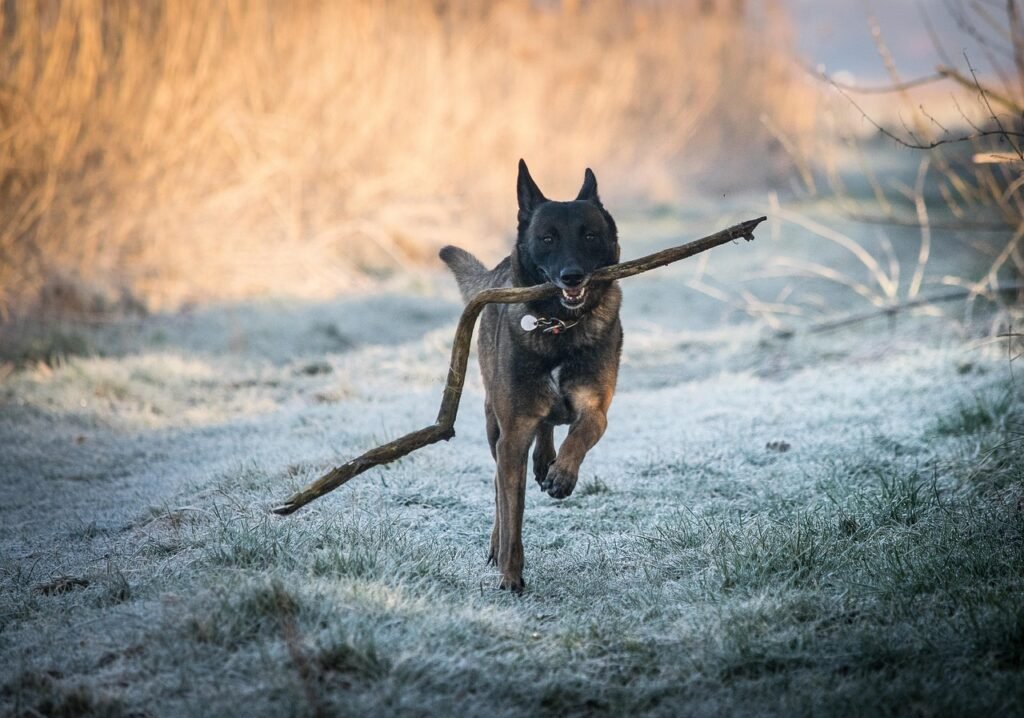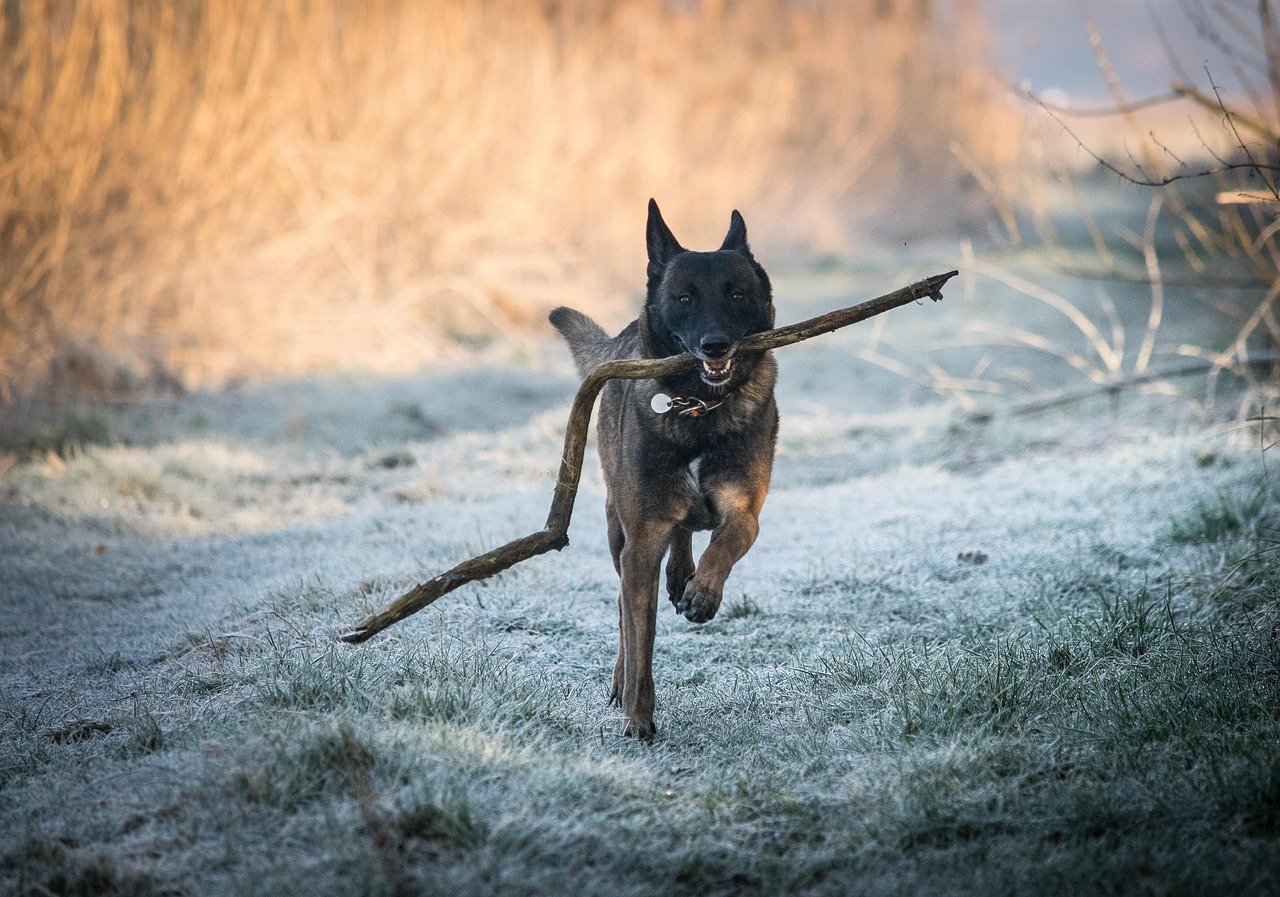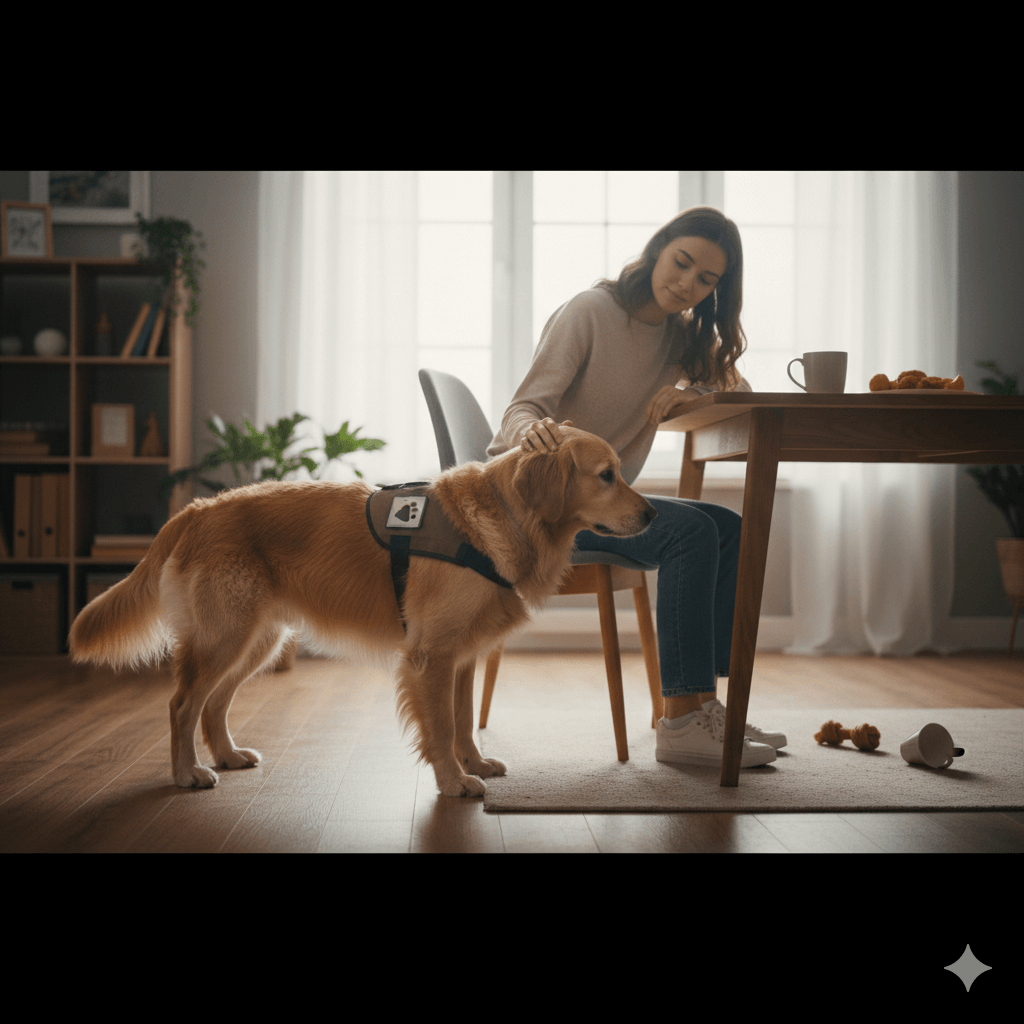The Backbone of Law Enforcement: Police Dog Training
When you think of law enforcement, images of officers in uniform and patrol cars might come to mind. But there’s another hero in the ranks—silent, loyal, and incredibly skilled. Police dogs are more than just companions; they are highly trained partners in crime prevention and detection. From sniffing out narcotics to tracking down suspects, these canine officers play a vital role in keeping communities safe. Behind their impressive abilities lies months, even years, of rigorous training that transforms ordinary dogs into extraordinary assets for police forces around the world. Let’s dive into the fascinating world of police dog training and uncover what makes these four-legged heroes so exceptional.
Key Skills Taught During Police Dog Training
Police dog training is a meticulous process designed to hone specific skills that make these dogs indispensable in high-pressure situations. Each skill is developed through consistent practice, patience, and positive reinforcement. Here’s an overview of the core competencies every police dog must master:
Obedience Training
This foundational skill ensures that police dogs follow commands without hesitation, even in chaotic environments.Scent Detection
Dogs are trained to identify specific scents, such as drugs, explosives, or missing persons, with remarkable accuracy.Tracking and Trailing
These skills allow police dogs to follow a suspect’s trail over various terrains, often leading to successful apprehensions.Apprehension Techniques
Dogs learn how to subdue suspects safely using controlled bites while minimizing harm to all parties involved.Search and Rescue Operations
In disaster scenarios, police dogs are trained to locate survivors trapped under rubble or in hard-to-reach areas.
Mastering these skills not only enhances the dog’s effectiveness but also strengthens the bond between the handler and the canine, creating a seamless working partnership.
Breeds Commonly Used in Police Dog Training
Not all dog breeds are suited for police work. The ideal police dog must possess a unique combination of intelligence, athleticism, and temperament. Certain breeds consistently rise to the challenge due to their natural instincts and trainability. Below are some of the most popular breeds used in police dog training:
German Shepherd
Known for their loyalty, versatility, and protective nature, German Shepherds are a top choice for police forces worldwide.Belgian Malinois
Agile and energetic, this breed excels in tasks requiring speed and endurance, making it a favorite for tactical operations.Labrador Retriever
With their keen sense of smell and friendly demeanor, Labs are often employed in detection roles like drug or bomb sniffing.Rottweiler
Strong and confident, Rottweilers are excellent guard dogs and can handle apprehension duties with ease.Bloodhound
Renowned for their incredible scent-tracking abilities, Bloodhounds are invaluable in search-and-rescue missions.
Each breed brings its own strengths to the table, ensuring that police departments can select the right dog for the job at hand.
Check this guide 👉The Giant Schnauzer Police Dog: Best 7 Expert Tips!
Check this guide 👉Police Dog Breeds: Best 7 Expert Tips!
Check this guide 👉Police Dog Commands: Best 7 Expert Tips!

Training Aspect | Why It Matters |
|---|---|
Obedience | Ensures dogs respond reliably in unpredictable situations. |
Scent Detection | Critical for identifying illegal substances or locating individuals. |
Physical Fitness | Keeps dogs agile and ready for demanding tasks. |
Handler-Dog Bond | Builds trust and improves communication during operations. |
Realistic Scenario Drills | Prepares dogs for real-world challenges they’ll face on duty. |
Challenges Faced During Police Dog Training
Training a police dog is no small feat. Handlers and trainers encounter numerous obstacles along the way, from behavioral issues to physical limitations. Overcoming these challenges requires dedication, expertise, and adaptability. Here are some common hurdles faced during the training process:
Distraction Management
Police dogs must remain focused despite loud noises, crowds, or other distractions.Handler Consistency
Inconsistent commands from handlers can confuse dogs and hinder progress.Physical Endurance
Training sessions can be physically demanding, requiring dogs to maintain peak fitness levels.Behavioral Issues
Some dogs may exhibit stubbornness or fear, which needs to be addressed patiently.Specialized Skill Development
Not all dogs take naturally to advanced skills like scent discrimination or apprehension.
By addressing these challenges head-on, trainers ensure that police dogs are prepared for the rigors of their demanding roles.
Benefits of Having Police Dogs on the Force
Police dogs provide immense value to law enforcement agencies, offering capabilities that humans simply cannot match. Their presence enhances operational efficiency and public safety. Here’s a look at the benefits they bring to the table:
Increased Efficiency
Dogs can cover large areas quickly, saving valuable time during searches.Cost-Effectiveness
Once trained, police dogs require minimal ongoing expenses compared to human resources.Deterrent Effect
The mere presence of a police dog can discourage criminal activity.Enhanced Safety
Dogs reduce risks to officers by handling dangerous tasks like suspect apprehension.Public Engagement
Police dogs serve as ambassadors, fostering positive relationships between communities and law enforcement.
These advantages underscore why police dogs remain an integral part of modern policing strategies.
The Role of Positive Reinforcement in Training
Positive reinforcement is a cornerstone of effective police dog training. By rewarding desired behaviors, trainers build trust and motivation in the dogs, ensuring they associate their tasks with positive outcomes. This method not only enhances learning but also strengthens the bond between the handler and the dog. Here are some key aspects of positive reinforcement in police dog training:
Reward-Based Learning
Dogs are given treats, toys, or praise immediately after completing a task correctly.Building Confidence
Positive reinforcement helps dogs feel secure and confident in their abilities.Reducing Stress
Reward-focused training minimizes anxiety, making the process enjoyable for the dog.Encouraging Consistency
Dogs are more likely to repeat behaviors that result in rewards, ensuring steady progress.Strengthening Handler-Dog Bond
The use of rewards fosters mutual trust and respect between the dog and its handler.
By prioritizing positive reinforcement, trainers create a supportive environment where dogs can thrive and reach their full potential.
The Importance of Early Socialization
Early socialization plays a critical role in preparing dogs for the challenges of police work. Exposing young dogs to various environments, people, and situations helps them develop the adaptability and resilience needed for high-pressure tasks. Without proper socialization, even the most talented dogs may struggle in real-world scenarios. Below are the benefits of early socialization in police dog training:
Exposure to Diverse Environments
Dogs learn to remain calm and focused in busy urban settings or unfamiliar terrains.Interaction with Different People
Early contact with strangers helps dogs distinguish between friendly individuals and potential threats.Adaptability to New Stimuli
Dogs become accustomed to loud noises, moving vehicles, and other distractions they may encounter on duty.Preventing Fear-Based Reactions
Socialized dogs are less likely to react aggressively or timidly in unpredictable situations.Enhancing Problem-Solving Skills
Exposure to varied scenarios encourages dogs to think critically and act decisively.
Through early socialization, police dogs gain the confidence and versatility required to excel in their demanding roles.
Common Misconceptions About Police Dog Training
Despite their widespread use, there are several misconceptions about police dog training that can lead to misunderstandings about their capabilities and treatment. Addressing these myths is essential to appreciating the true value of these remarkable animals. Here are some common misconceptions and the truth behind them:
Myth: Police Dogs Are Aggressive by Nature
Fact: Police dogs are carefully selected and trained to be disciplined and controlled, not inherently aggressive.Myth: Training Is Based on Punishment
Fact: Modern training methods focus on positive reinforcement rather than punishment.Myth: Any Dog Can Be Trained for Police Work
Fact: Only specific breeds with the right temperament and physical traits are suitable for this demanding job.Myth: Police Dogs Don’t Enjoy Their Work
Fact: Most police dogs find their tasks stimulating and rewarding, thanks to proper training techniques.Myth: Retired Police Dogs Are Abandoned
Fact: Many retired dogs are adopted by their handlers or placed in loving homes to live out their golden years comfortably.
By dispelling these misconceptions, we can better appreciate the dedication and care that go into training and caring for police dogs.
Frequently Asked Questions About Police Dog Training
How long does it take to train a police dog?
On average, it takes 12 to 18 months to fully train a police dog, depending on the complexity of the tasks.
Are police dogs treated well during training?
Yes, ethical training programs prioritize the health and well-being of the dogs, using positive reinforcement techniques.
Can any dog become a police dog?
No, only certain breeds with the right temperament and physical attributes are suitable for police work.
What happens to police dogs after retirement?
Many retired police dogs are adopted by their handlers or placed in loving homes where they can live comfortably.
Do police dogs enjoy their jobs?
Most police dogs thrive on the mental and physical stimulation their work provides, making it enjoyable for them.
A Tribute to Our Four-Legged Heroes
Police dog training is a testament to the incredible bond between humans and animals. These dedicated canines undergo rigorous preparation to serve alongside their handlers, protecting communities and saving lives. While their work is demanding, the rewards—both for the dogs and society—are immeasurable. As we reflect on the contributions of police dogs, let us celebrate their unwavering loyalty, courage, and commitment to keeping us safe. They truly are heroes with heart, and their legacy will continue to inspire generations to come.
Understanding Bone Supplement for Cats: Best 7 Expert Tips! – Safe, vet-approved guidance for strong feline bones & balanced nutrition.
Bone Supplement for Dogs: Best 7 Expert Tips! – Expert guide to calcium, collagen & bone health for every life stage.
Understanding Can Cats Get Sunburn: Best 7 Expert Tips! – Protect your feline from UV damage with vet-backed prevention strategies.
How to Train a Seizure Alert Dog: Best 7 Expert Tips! – Learn expert-backed steps to nurture natural instincts into reliable, life-saving seizure alerts.





